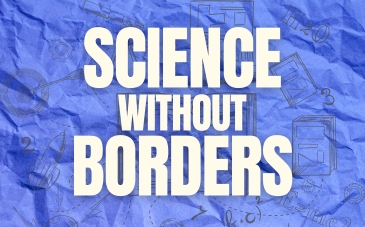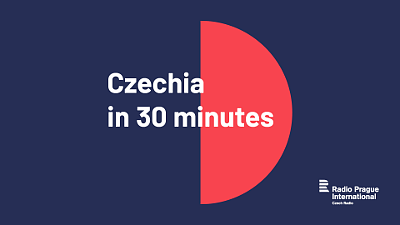Student invents new system of communication for pilots and small airports
A student at the Prague University of Economics and Business has invented a new speech-to-text system that can help small airports and small aircraft to communicate better. The system has now caught the attention of pilots, airports and even the Czech Civil Aviation Authority.
If you were piloting a plane, thousands of metres up in the air, you might not want to have to take down notes with a pencil and paper. Yet this is typical for important information transmitted in the NATO phonetic alphabet between small aircraft and small airports. To keep track of the skies, local and hobbyist airports are in constant communication over simple analogue radio with the pilots in their operating zones. Pilot David Muschalik, who works as an operator for a small flying club, explains why:
“When an aircraft enters into an airport's operating zone, it is necessary for us to remember or write down, for example, the aircraft's call sign, altitude, aircraft type, and the pilot's position and intention – that is, where they are and whether they plan to land. This information is then passed on by the operator to other aircraft flying into the operating zone.”
However, an alternative means of communication is starting to take off in Czechia. This system comes not from aviation professionals, but rather from the thesis of Michal Marhan, a recent graduate of the University of Economics and Business in Prague. In this final-year dissertation, Mr. Marhan proposed a way to turn complex radio transmissions into easily readable text in a few seconds. Since these spoken transmissions tend to be quite formulaic and repetitive, he trained AI to work with aviation terminology:
“The advantage that helped me is that aviation phraseology is given. It has a certain structure. Although pilots can of course deviate from it a little, change the order, or say something a little differently, they actually use a limited vocabulary, which also helps with accuracy.”
Mr. Marhan describes how the system looks:
“Now, if I click on it and have what I said transcribed, it's basically instant. I'm still on a mobile connection here, so it may not be extremely fast, but you saw that it was basically within one second … Now they'll try to extract the important information from the recording. I'll simply click on the second button and here we actually see within half a second ‘OKHIC’, instead of the words ‘Oscar Kilo Hotel India Charlie’. This is the information that the system works with, for example in calculating the occupancy of an airport.”
The system has benefits for both pilots in the sky and air traffic controllers down on the ground. The improved speed of the incoming information will allow pilots to make quicker decisions about where they want to land, while airports will be able to record their communications and collect fees more easily. With this project, Michal Marhan won the IT SPY competition (IT Student Project of the Year) for student theses in 2024, and, thanks to the 2,000 euro prize money, is preparing a pilot run of the application at several small airports. The Czech national Civil Aviation Authority is watching the project with interest.







